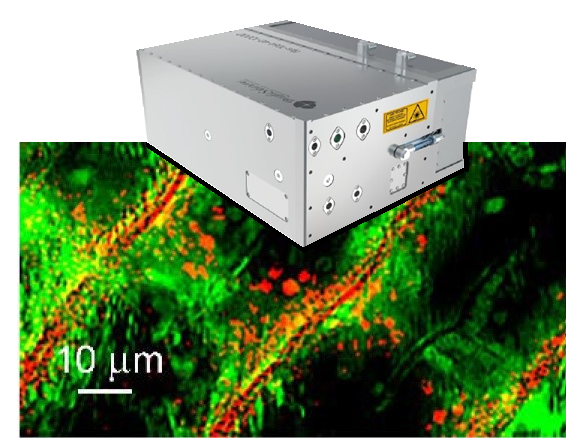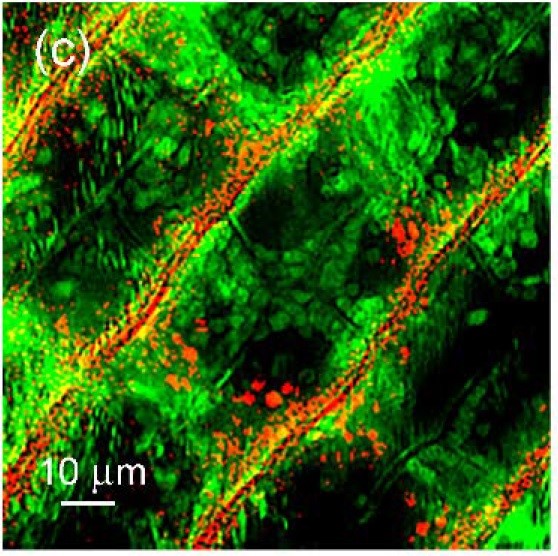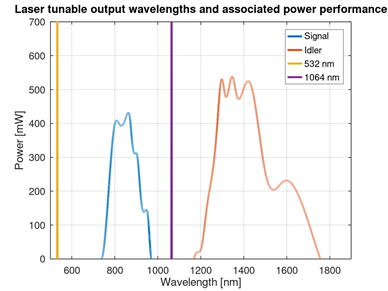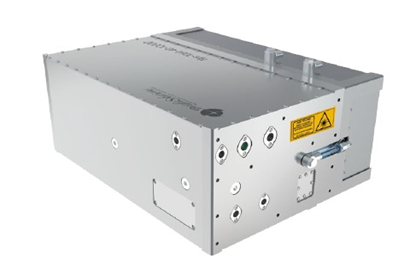
Increasingly, the modeling of complex systems, like biological tissues, molecule interactions, and many other phenomena, is particularly interesting to the life science community. Imaging in live cells, tissues, and organisms is crucial for studies in medicine and biology because it brings to light biomolecules’ functional and structural status inside the living biological system. Continuous progress is being made on various chemical and biological species identification methods and concentration measurements, such as spectroscopy, which is based on detecting emission spectra when properly irradiated by a light source. This continuous progress is due to the continually increasing investment in research funding for medical, pharmaceutical, and pollutant imaging and monitoring. In particular, Raman spectroscopy is a growing technological sector: Raman-based processes reveal vibrational states without having limitations such as unwanted phototoxicity and fluorescent probes. Raman has certain advantages in both the label-free imaging and probed imaging of small biomolecules concerning spontaneous Raman scattering. Coherent Raman Scattering (CRS), which includes Stimulated Raman Scattering (SRS) and Coherent Anti-Stokes Raman Scattering (CARS), is showing additional benefits.
SRS microscopy has emerged in the last decade as a powerful optical imaging technology with high chemical selectivity, speed, and subcellular resolution. Clinical and research-based SRS applications have generated new insights in many fields, including neurobiology, tumor biology, developmental biology, metabolomics, pharmacokinetics, and more. SRS imaging can be obtained using two narrowband picosecond lasers, providing high-speed vibrational imaging of a single Raman band at video rate (single-frequency SRS microscopy). It is commonly used to image known components in samples.

Overlay of SRS image targeting the cellulose at 2890 cm-1 in red and the TPEF in green of an ‘Elodea’ aquatic plant. Courtesy of Prof. Dario Polli, Dipartimento di Fisica, Politecnico di Milano, Nonlinear Optical Microscopy Lab “VIBRA”
Raman spectroscopy applications like CARS and SRS require multiple laser wavelengths. In most cases, a narrow spectral laser operation (<6 cm-1) is an advantage regarding femtosecond sources. Detecting specific Stokes (or Anti-Stokes) shifts is only possible with a narrow bandwidth. A transform-limited picosecond pulse train represents the best trade-off for the application.
To meet the requirements of this microscopy field, Bright Solutions proposes the NPS-T-800-1500, a novel, tunable, ultrafast laser with narrow-bandwidth emission, as an excellent candidate tool for Stimulated Raman Spectroscopy. Offering an ideal combination of optical properties, the NPS-T-800-1500 is a widely tunable, ultrafast laser, utilizing an optical parametric oscillator (OPO), with high spectral purity and extremely narrow bandwidth, delivering high-intensity ultrafast pulses in several wavelength regions, and providing a unique solution in the field of laser spectroscopy and imaging.
This picosecond laser (T< 8 ps) provides four simultaneous outputs with a high repetition rate (typ. 40 MHz), high output power, short pulse duration, and narrow linewidth, making it the ultimate source for non-linear microscopy. Two outputs are independently tunable in the 750 – 950 nm and 1200 – 1800 nm ranges, while the third and fourth are fixed at 1064 nm and 532 nm. The four simultaneous outputs enable advanced CARS and SRS applications with dual-band imaging, a broader selection of vibrational resonance frequencies, and more.

Figure 2: Tunable laser output with narrow bandwidths spectra. Bandwidth is smaller than 0.3-nm and typical output power >100 mW. Pump wavelengths are at 1064 nm and 532 nm. Laser output is continuously tunable in the range between 750 and 950 nm and in the range between 1200 and 1750 nm.
The laser outputs are near Fourier-transform-limited, enabling desired vibrational transitions to be targeted based on the particular chemical compound. Optical bandwidths are narrower than 0.3 nm. The output laser beams are near diffraction limited, having high beam quality M2 <1.2, enabling a high-quality, small spot size, incident upon the sample. Moreover, the pump laser and the tunable non-linear downconverter are housed in a compact, monolithic case, an “all-in-one-box,” enabling a rugged solution for integration in both microscopy systems and laboratories. The first prototype of this laser concept has been developed within the NEWMED project, belonging to the OPEN INNOVATION Platform:
LinkedIn: Open Innovation Lombardia
Illustrated below is the compact and rugged NPS-T-800-1500, developed by Bright Solutions.

Contact RPMC to inquire about the NPS-T-800-1500:
RPMC Lasers is the leading OEM laser supplier in the US, focused on providing diode lasers, CW and pulsed lasers, laser amplifiers, and laser accessories to the industrial, medical, life science, and defense markets. Our technical staff has a vast understanding of lasers, the laser industry, and hands-on experience, making them a valuable resource in selecting the best laser for an application, whether a standard laser or a custom solution.

 SHIPS TODAY
SHIPS TODAY 